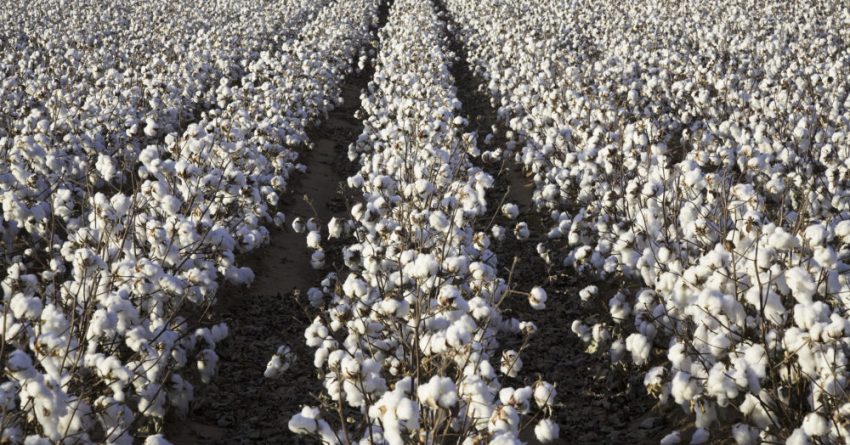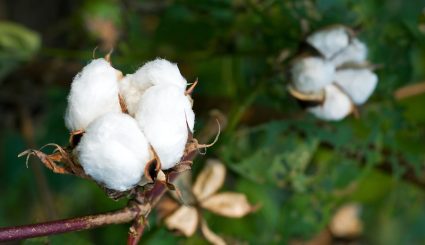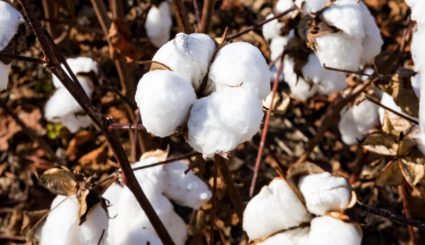Cotton needs its nitrogen

Nitrogen is one of the primary nutrients needed by cotton plants, and is one of the most costly inputs in cotton production. In cotton, N is essential for the development of all plant organs, including shoots, leaves, buds and roots. Most of the N uptake in cotton occurs during the period of 40-80 days after planting and continues up to 140 days after planting. This long window means it can be difficult for growers to ensure their cotton is getting enough N throughout the entire growing season.
Using a controlled-release N fertilizer, such as ESN SMART NITROGEN® – developed specifically for broad-acre agriculture – mitigates this concern because N will be available throughout the entire period of ideal uptake. ESN can increase yields in irrigated cotton and dryland cotton production because it protects against N losses to the environment.
With cotton, growers using ESN have greater application flexibility. They can pre-plant, side- or top-dress or use split application to get N on the field.
Pre-plant application
If pre-plant applying ESN on cotton – before or during planting – growers should be using ESN to supply 80 to 100 percent of the total recommended N. It is suggested that growers use this technique when incorporating for dryland or furrow-irrigated cotton and, where possible, for sprinkler-irrigated cotton.
Side- and top-dress application
Side- and top-dressing provide synchronization of N release with the crop’s demand, allowing the grower to make in-season decisions based on crop stand establishment and water availability. Growers should apply N at recommended rates in a blend with ESN making up 70-90 percent of the blend. The blend should be applied two to four weeks after planting to provide the best match between cotton N uptake and N release from ESN. For dryland cotton, incorporation is highly recommended where possible. For furrow irrigation, ESN should be applied before cultivation to incorporate ESN and move it out of the irrigation furrows. For sprinkler irrigation, incorporation is preferred, but not essential.
Split application
Growers using split application strategies can combine the N-loss protection of a side- or top-dress ESN application with the immediate N availability of a pre-plant application of conventional fertilizer. This provides maximum flexibility in N timing. When using split-application, growers should apply sufficient soluble N at planting, so the cotton has N for the first few weeks of growth, followed by the balance of the N requirement as a side- or top-dress of ESN at normal side- or top-dress application time. This provides N protection for traditional application practices.
Deciding on application strategy and timing depends on specific crop and weather conditions. It’s important for growers to consult their ESN retailers for recommendations.
For additional information on ESN, visit smartnitrogen.com.


